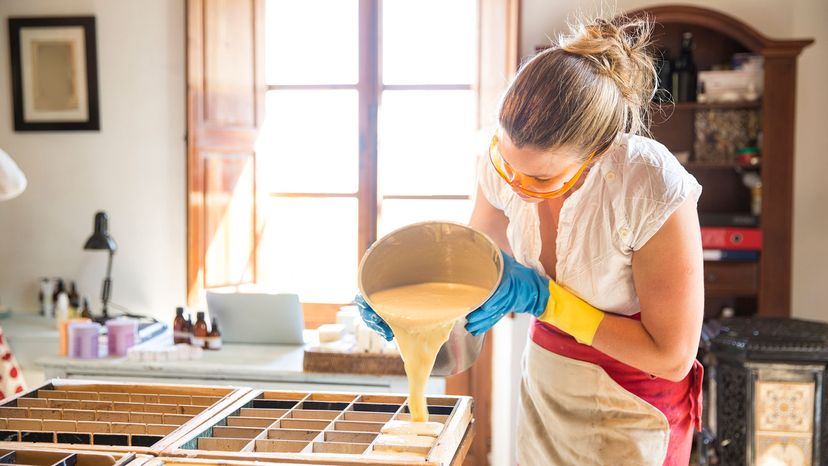
Great-grandma Betty didn't have a drugstore on every corner, so she typically used simple ingredients to make her own soap from scratch. Old-fashioned recipes typically involve using lard or pork fat. Today, even though you can easily buy commercial soap, many people like to buy handmade soap as it smells better and may be gentler on the skin. You might even want to try making soap yourself. Modern recipes have evolved to include supplies most of us have lying around the house. Still, the process hasn't changed all that much from centuries past and is pretty fun. First, let's find out how the ingredients in a typical bar of soap come together to create the product. For centuries, the process was actually not understood.
Advertisement